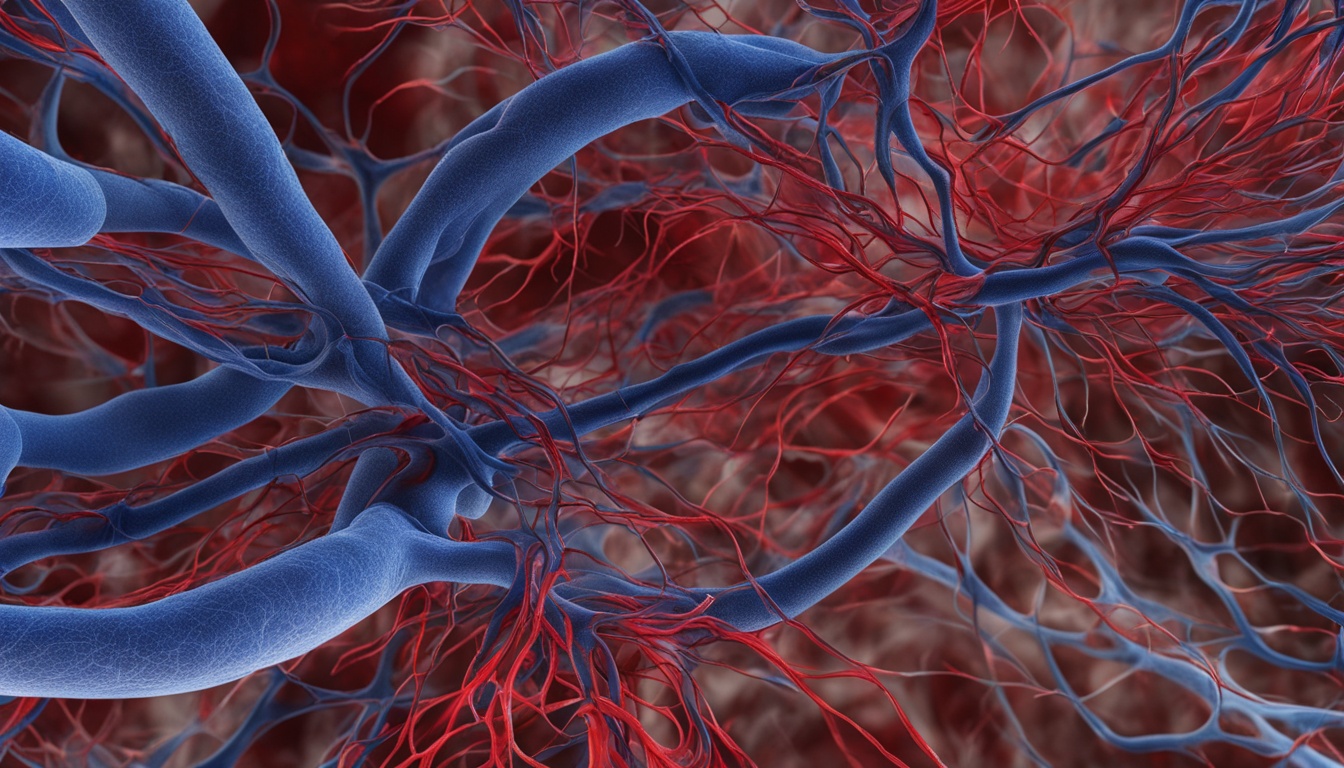Popliteal artery aneurysm affects a major blood vessel in the leg. It brings blood to the lower leg. People with this disease may feel pain, cramps, or their legs might go numb. Knowing the symptoms, causes, and how it’s diagnosed is crucial for getting the right help.
Key Takeaways:
- Popliteal artery aneurysm is a vascular disease that affects the popliteal artery.
- Symptoms of popliteal artery aneurysm include pain, cramping, and numbness in the calf muscles.
- Causes of popliteal artery aneurysm can include genetic factors, atherosclerosis, and trauma.
- Diagnosis is typically done through imaging tests such as ultrasound, CT scan, or MRI.
- Treatment options for popliteal artery aneurysm can include medication, surgical intervention, and emerging therapies like stem cell therapy.
Treatment Options for Popliteal Artery Aneurysm
Treating a popliteal artery aneurysm depends on its size, place, and chance of bursting. If it’s small and not hurting or a danger, doctors might just watch it closely. They will use tests to check it over time. This wait-and-watch method is common for small or symptom-free aneurysms.
If the aneurysm needs to be treated, or if it could burst, there are a few ways to manage it. Doctors might give you blood pressure meds or statins to lower your blood pressure and help the aneurysm not grow. Medicines that stop blood clots could also be used.
Surgery is another option. Doctors can fully fix the artery with open repair, putting a man-made tube in to replace the bad part. This is often used for larger aneurysms or emergencies but takes more time to heal.
Another type of surgery, endovascular stenting, puts a small support inside the artery through a tiny cut. It’s less hard on the body than open surgery and people heal faster. This way is often picked when it fits.
Sometimes, doctors use methods like microvascular clipping, endovascular embolization, or flow diversion treatment. These can either block blood from reaching the aneurysm to stop it from bursting or help the aneurysm heal by changing how blood flows around it.
Seeing a specialist is very important if you have a popliteal artery aneurysm. They will look at your unique case and suggest the best way to treat it. Your aneurysm’s size, where it is, and your health overall will guide the treatment choice.
Treatment Options Summary:
| Treatment Option | Description |
|---|---|
| Wait-and-Watch Approach | Closely monitor the aneurysm with periodic imaging studies. |
| Medication | Prescribed to control blood pressure, manage cholesterol levels, and prevent blood clots. |
| Open Repair | Remove the aneurysm and replace the affected artery segment with a graft. |
| Endovascular Stenting | Insert a stent to reinforce the weakened artery walls and prevent rupture. |
| Microvascular Clipping | Block blood flow to the aneurysm to prevent rupture. |
| Endovascular Embolization | Block blood flow to the aneurysm or redirect it away for healing. |
| Flow Diversion Treatment | Redirect blood flow away from the aneurysm for healing. |
Prevention and Lifestyle Changes for Popliteal Artery Aneurysm
To lower the risk of a popliteal artery aneurysm, focus on lifestyle changes and prevention. Start with eating well. A diet low in unhealthy fats and salt, and high in fruits, veggies, lean meats, and good fats helps prevent vascular diseases.
It’s key to keep your blood pressure in check to reduce the risk too. Watch your blood pressure, eat less salt, stay active, eat well to keep your weight in a healthy range. Also, ways to relax can help lower your blood pressure.
If you smoke, quitting is very important. This change cuts down a big risk for aneurysms in the popliteal artery.
Getting help for depression matters since it raises the risk of aortic aneurysms. If you deal with feelings of sadness, you’re also working to lower your risk for different types of aneurysms, including on the popliteal artery.

